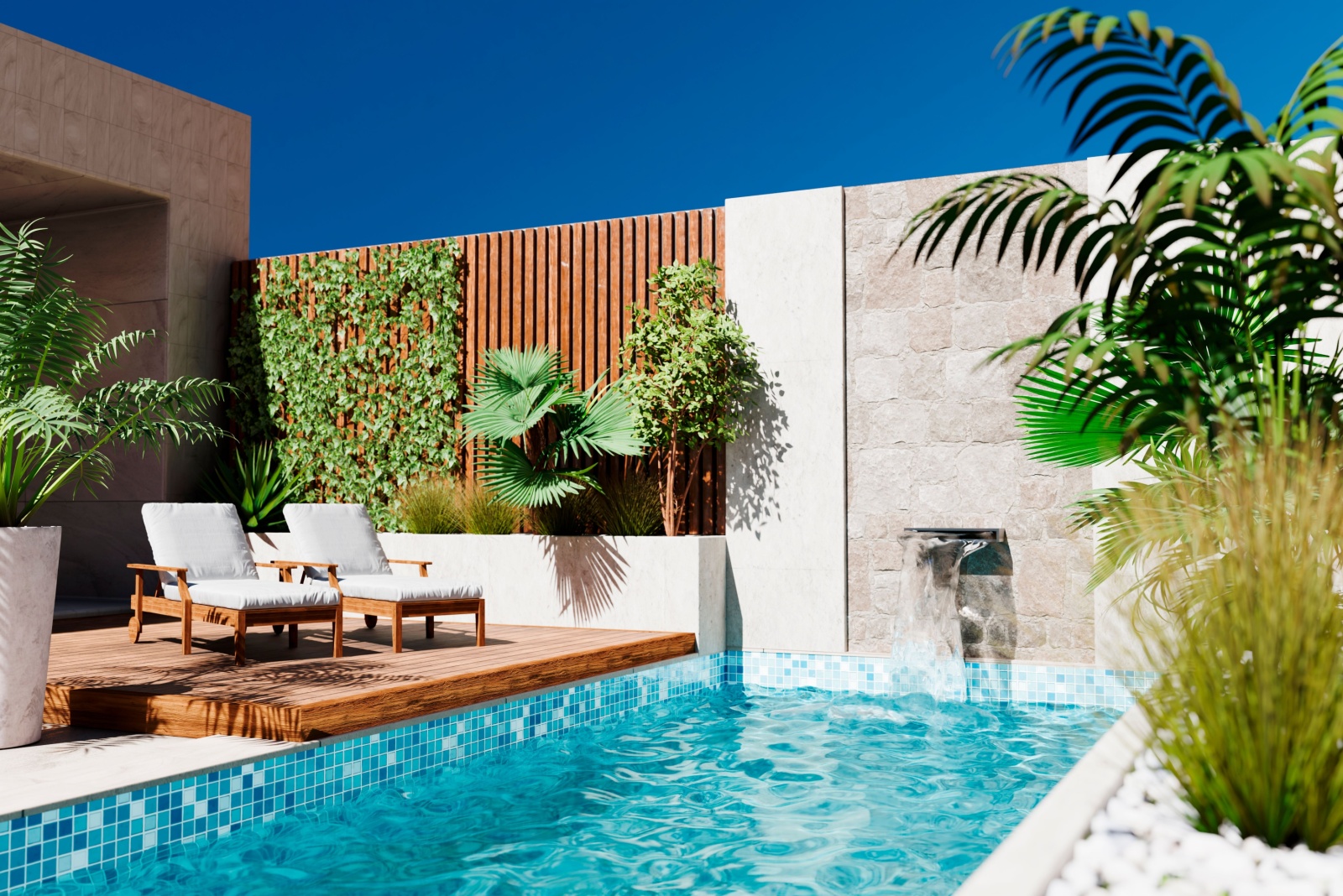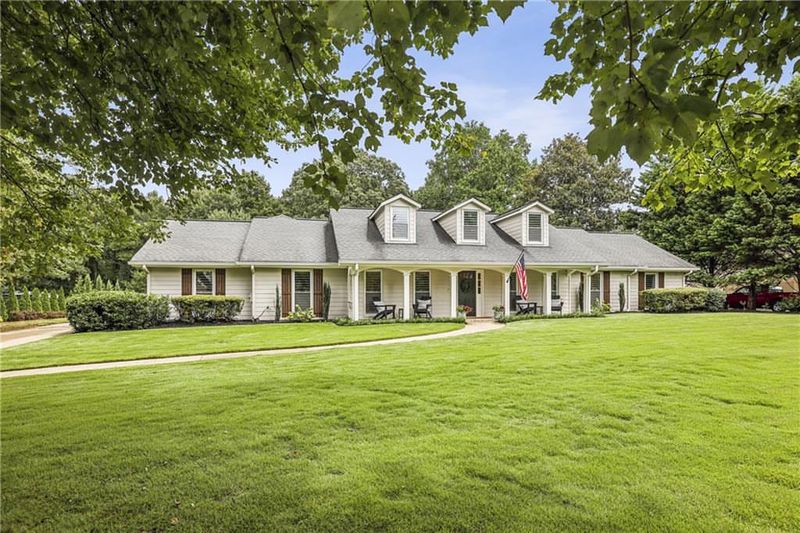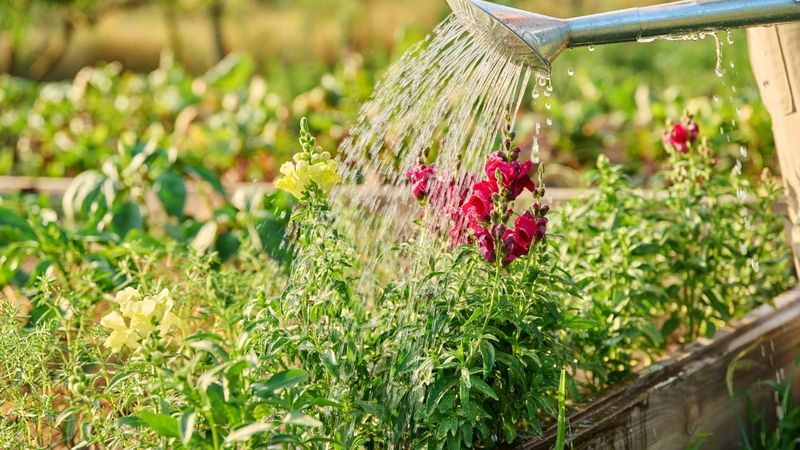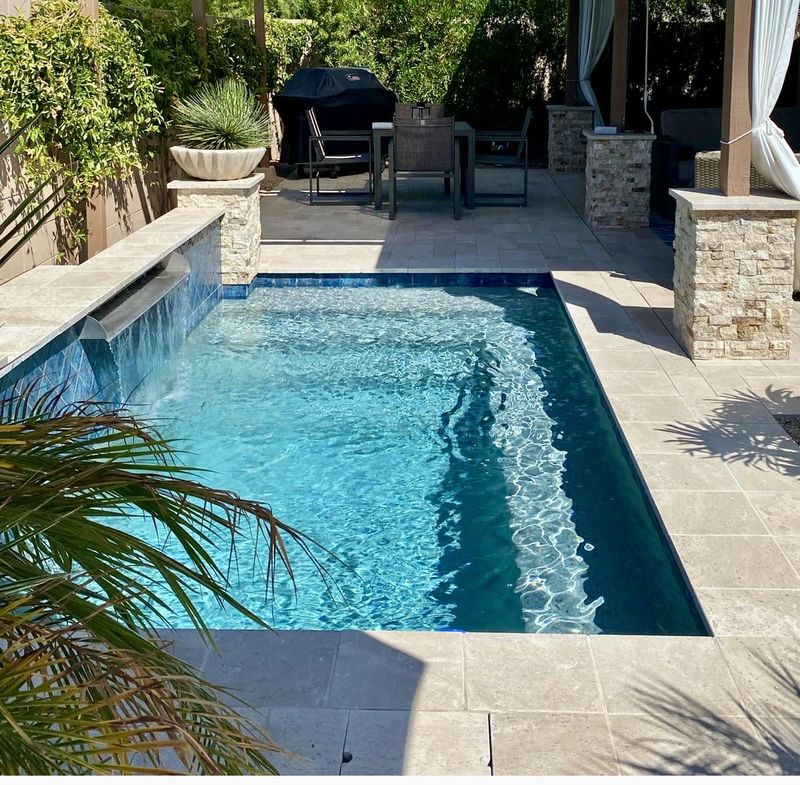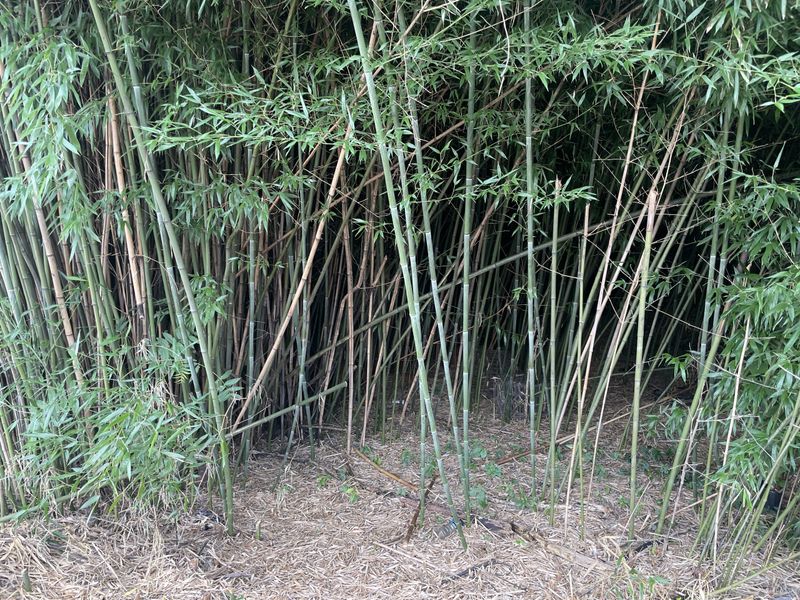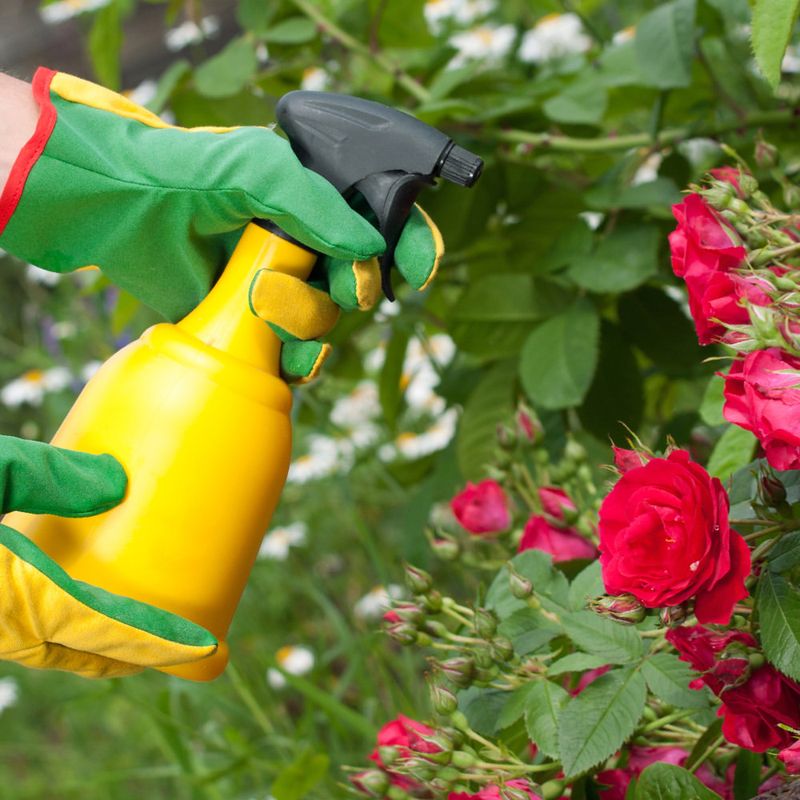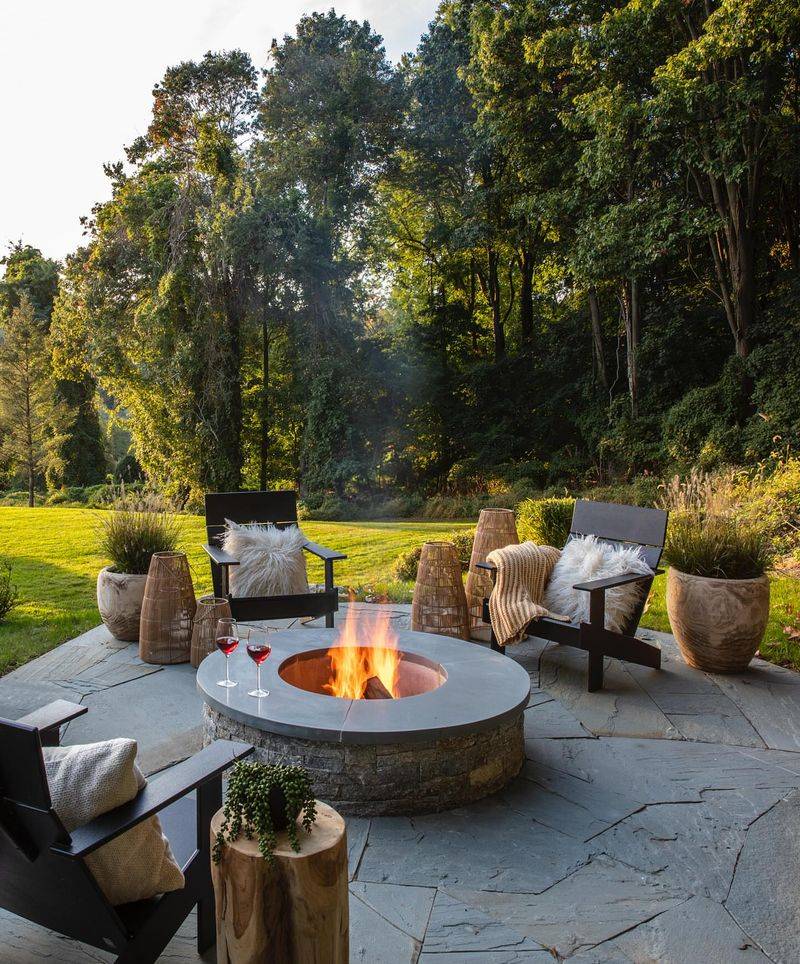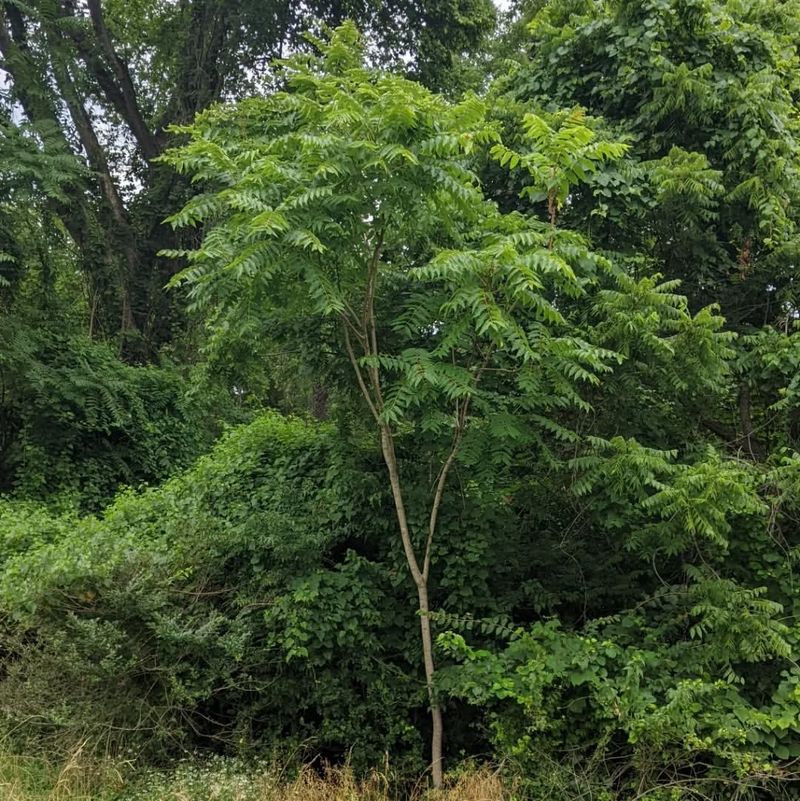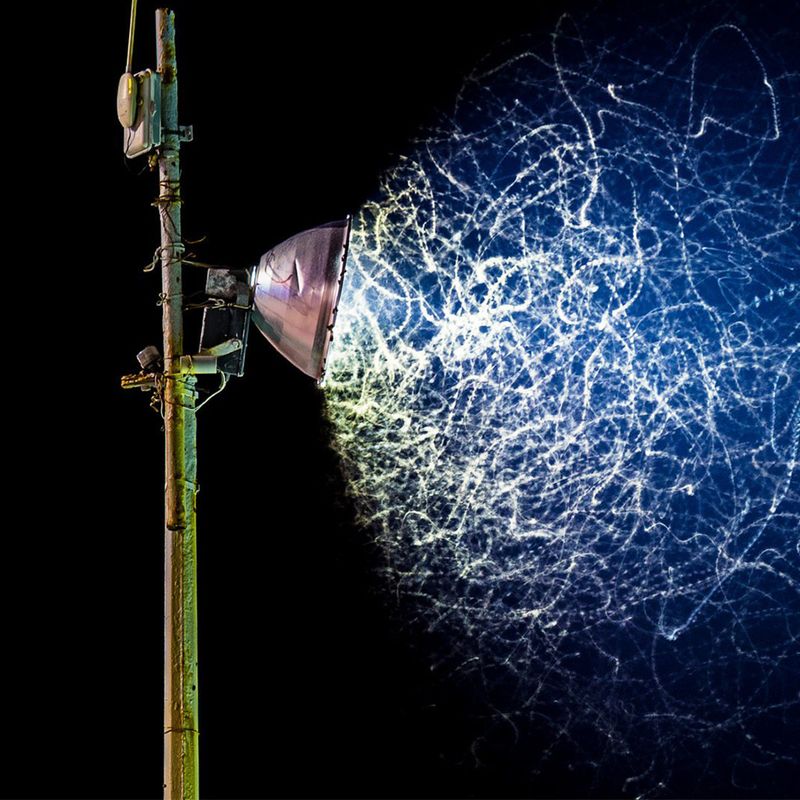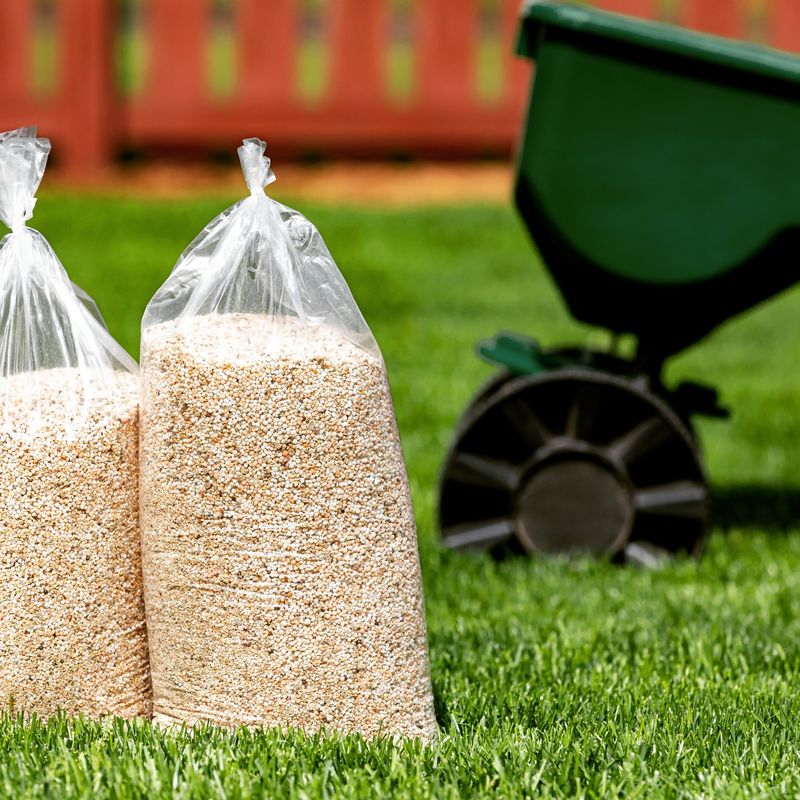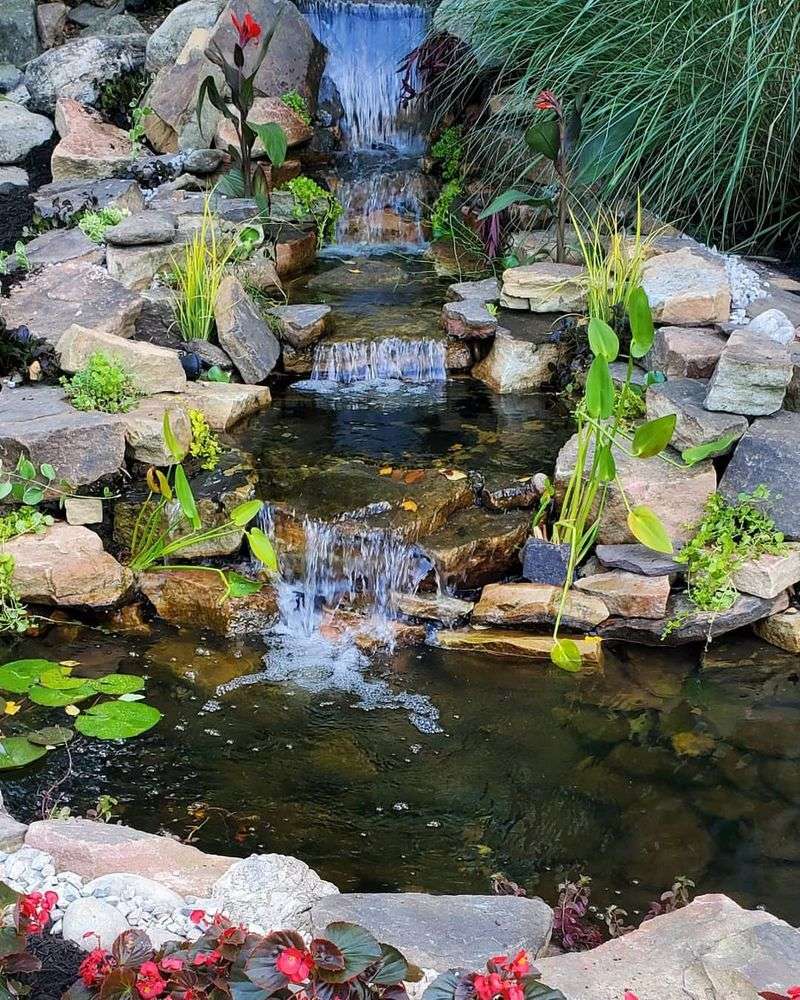Alabama’s changing climate and new environmental regulations are reshaping what’s possible in our backyards. Many features we’ve long enjoyed might soon become impractical or even illegal as water conservation needs grow and weather patterns shift.
Your yard might look very different in the coming years as these familiar elements disappear from the Alabama landscape.
1. Sprawling Green Lawns
Traditional expansive grass lawns are becoming harder to maintain as Alabama faces more frequent drought conditions. The water required to keep these lawns lush and green is increasingly expensive and environmentally questionable.
Many homeowners are discovering that maintaining acres of perfect turf simply isn’t sustainable anymore. Local municipalities are already considering restrictions on lawn sizes and watering schedules to conserve precious water resources.
2. Water-Hungry Ornamental Plants
Those gorgeous non-native flowering plants that make your garden pop with color? Many require constant watering to survive Alabama’s increasingly hot summers. Azaleas, hydrangeas, and certain imported varieties are particularly vulnerable.
Water bills are climbing while these plants struggle more each year. Smart gardeners are already switching to native Alabama plants that thrive naturally in our climate without needing constant babying or excessive irrigation.
3. Private Swimming Pools
Backyard pools have long been a status symbol and cooling refuge during Alabama’s sweltering summers. However, they’re increasingly falling out of favor due to water restrictions, maintenance costs, and environmental concerns.
The thousands of gallons needed for filling and regular top-offs are becoming harder to justify. Insurance rates for pool owners are also climbing dramatically, making this once-common yard feature a luxury fewer families can afford to maintain.
4. Invasive Bamboo Screens
Bamboo privacy screens grew popular for their quick growth and dense coverage, but they’ve become an environmental nightmare across Alabama. These aggressive plants escape yard boundaries and invade neighboring properties and natural areas.
Several counties have already banned certain bamboo varieties. Homeowners with existing bamboo may soon face removal requirements and potential fines if their plants spread beyond property lines, making this once-popular privacy solution a serious liability.
5. Chemical-Dependent Pest Control
The days of freely spraying chemicals to control mosquitoes, fire ants, and other Alabama pests are numbered. Growing concerns about pollinator decline and chemical runoff into waterways are driving new restrictions.
Many common yard pesticides are already being phased out nationwide. Alabama homeowners will need to adopt integrated pest management approaches using natural predators, traps, and less toxic alternatives to manage the critters that have always challenged Southern yards.
6. Outdoor Fire Pits
Those cozy backyard fire pits where families gather on cool Alabama evenings face an uncertain future. With wildfire risks increasing due to climate change, many communities are implementing seasonal or permanent bans on open flames.
Air quality concerns also play a role in the growing restrictions. Several Alabama counties already require permits for outdoor burning, and these rules will likely tighten further as drought conditions become more common across the state.
7. Non-Native Shade Trees
Bradford pears and other non-native shade trees that once dominated Alabama landscapes are falling out of favor fast. These trees often can’t withstand increasingly severe storms and create serious hazards during hurricanes and tornadoes.
Many invasive tree species are already banned from sale in parts of Alabama. Homeowners with existing problematic trees may soon face requirements to remove them and replace with native species that support local wildlife and stand up better to our changing climate.
8. Excessive Outdoor Lighting
Bright landscape lighting and security floods that illuminate Alabama yards through the night are facing growing opposition. Light pollution disrupts wildlife patterns and wastes significant energy.
New dark sky ordinances are spreading across Alabama communities, limiting the brightness, direction, and duration of outdoor lighting. Motion-activated systems and lower-intensity options will become the only legal choices as these regulations expand to protect night skies and nocturnal creatures.
9. Artificial Fertilizer Programs
The regular application of chemical fertilizers to maintain picture-perfect Alabama yards is becoming increasingly problematic. These products contribute significantly to water pollution in our rivers, lakes, and coastal areas.
Several Alabama counties have already enacted fertilizer blackout periods during rainy seasons. The trend points toward much stricter regulations on timing, amount, and types of fertilizers homeowners can apply, with preference given to organic alternatives and natural soil management.
10. Water Features And Fountains
Decorative fountains, waterfalls, and ornamental ponds have added tranquility to Alabama yards for generations. Unfortunately, these features lose significant water to evaporation, especially during our increasingly hot summers.
As water conservation becomes more critical, expect restrictions on recirculating water features and decorative water elements. Some communities are already limiting the size and operating hours of residential fountains, with complete bans possible during drought conditions.

